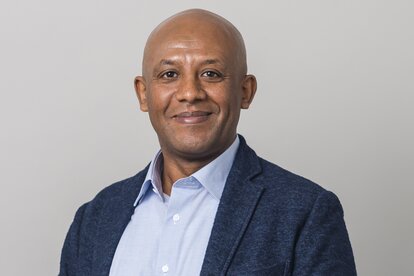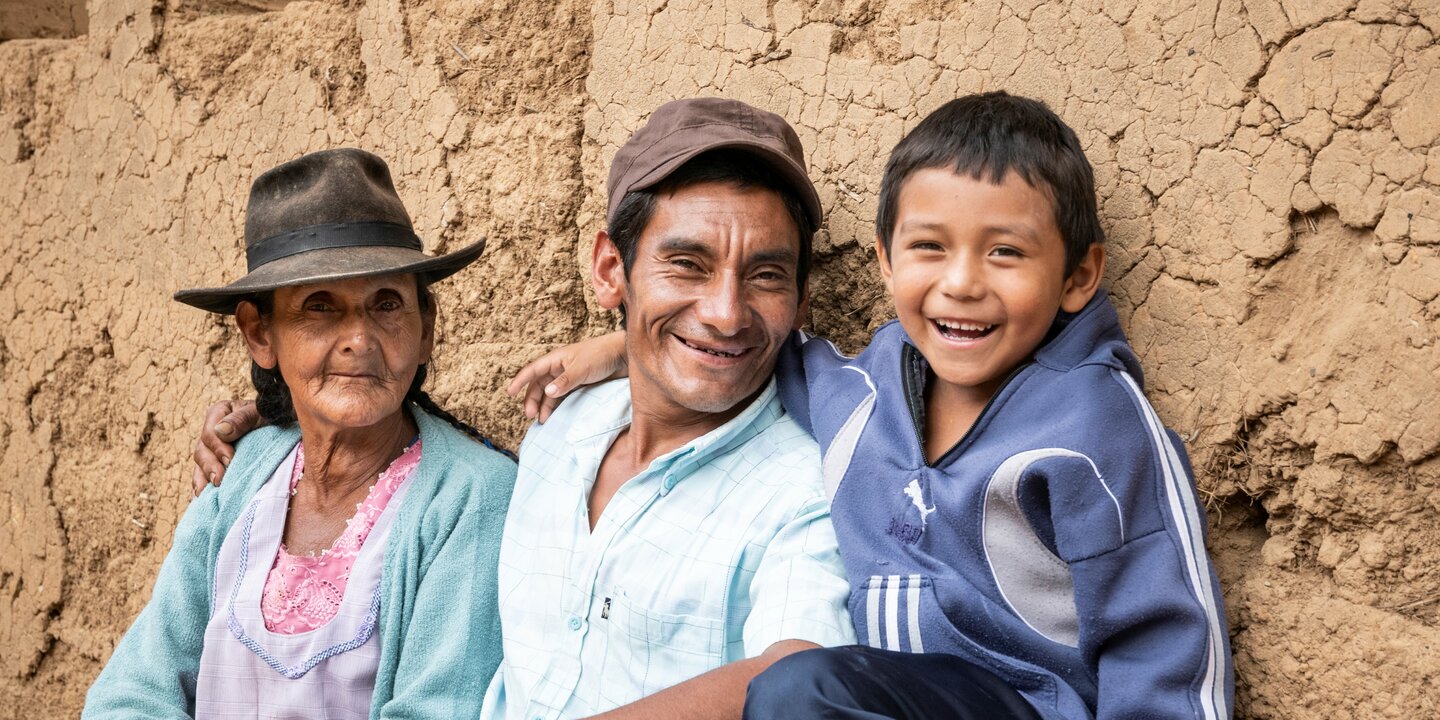Why we work with partners is clear – a successful development agenda requires partnerships to lay the foundation and ensure long-term (sustainable) and large-scale (scalable) impacts. Yet this is easier said than done for a number of reasons.
In this blog post, we share our understanding and experience working for Helvetas on establishing and managing partnerships.
ZU: I hope you agree with me, Lydia, that working with and through partners requires that we know exactly what kind of partners we seek, who they are, how to increase partnership effectiveness, and enhance understanding of our roles and responsibilities for a shared vision. The challenge I face, however, is finding the ‘right’ way of working with different types of partners.
LP: Indeed, Zenebe, the partnership landscape is wide. In the past, we mainly worked in bilateral partnerships, with like-minded NGOs or with government institutions; our partnerships nowadays are a mix of government actors, private companies and civil society organisations. In Bolivia, for example, we partner with 12 government agencies or association of municipalities, six NGOs and four private sector companies. Multi-stakeholder approaches have become the rule, as we increasingly apply a systemic approach.
Working with a diverse group of partners requires a flexible approach: We need to know how to approach an international company that is exporting medicinal plants from Bangladesh; how to talk with the Minister of Territorial Administration and Decentralisation in Burkina Faso; and how to discuss with civil society organisations promoting equal access to land in Laos. Compared to the past, our partners are more competent and confident; this is encouraging to see. Many are active at provincial or national levels, and thus have more influence on decision making. This wide range of partner organisations provides many opportunities, but we also face challenges.
ZU: This reminds me of the statement of one of our colleagues, Erik Nijland from Honduras, who thinks that the term ‘partnership’ is not a neutral concept – it disguises complex relationships of power and inequality, often expressed through the control of one ‘partner’ over the other. Perhaps the clip below from Kosovo is a good illustrative case.
Driton Dalipi, Co-Owner MDA in discussion with Dren Selimi, Project Officer EYE, Helvetas Kosovo; extract from video taken in June 2017. The full version
LP: It is true that historically, and still today, funds are mostly being channelled through an international partner, who then decides to enter into a partnership with a ‘local’ partner. But this set-up is rapidly changing: In Guatemala for example, our partner for a water and sanitation project is an Association of 15 municipalities. They approached us for forming the partnership, and they directly receive the funds from the donor to implement the project. Our main role is to facilitate linkages between government, communities and private sector, and to provide technical assistance.
We see this tendency in all countries where we work – partners increasingly taking over the lead in project implementation. This a very positive trend, which we are glad to see. But ‘sharing the steering wheel’ also means taking responsibilities and risks, and therefore we need to make sure that each partner meaningfully contributes its part. Measuring progress and effectiveness in a partnership is a real challenge. But I think you have some good experiences for this from your work?
ZU: Right, partnerships need to be managed in a systematic way. This involves measuring a mutually benefiting relationship that can add value(s) to the partners. For example, in the Western Balkans, we organise, at least twice annually, workshops with partners. Targets are assessed against progress and implications for the next period are discussed and agreed. Yet it is not clear if such exercises really contribute to learning, as same challenges from previous years seem to continue. In most cases, I suspect, our partnership thinking is on the goal of a project while the partnership dimension (‘how do we work together?’) seems to be sidelined. This is what I hear from the experience in Myanmar as shown in the video clip below.
Daw Pansy Tun Thein, Director LRC in discussion with Nien Chan Win, Deputy Country Director Helvetas Myanmar; extract from video taken in June 2017. The full version
LP: Well, yes, we do not form partnerships for the sake of partnering, but for achieving objectives. Partnerships should lead to clear outcomes and impact. In recent years, we often focused on results and paid insufficient attention to the partner organisation itself. Is a partner organisation really improving its capacities by implementing projects? What does a partner need to keep performing better? What is needed for a partner to be a stable organisation that continues to play a role in the future? This, in most cases, has not been part of project implementation and is easily forgotten. It requires more effort and resources from us and the partner to discuss such institutional questions and to actually support organisational development. Recently, some initiatives have started to incorporate both – project implementation and supporting the institutional development of national partners. We do this for example in Myanmar in partnership with LRC. It requires a joint planning and an intensive dialogue from the beginning. We currently do not have many such projects, but I hope there will be more in the future.
ZU: What you have said above supports the need for new competencies and approaches to justify our presence. Reflection on our attitudes is also essential to understand where and how our partners see an added value in working with us.
LP: Absolutely. An international NGO like Helvetas needs to offer added value to national partners. Our role is shifting from ‘doing things’ to facilitating change processes. I think, in the future, it will be national actors that will hold the steering wheel and decide with whom they want to enter into partnerships. In Kyrgyzstan, for example, when we developed together with a project proposal for a decentralisation project, our national partner wanted proof of our expertise in the sector before they decided to work with us.
ZU: Does this suggest that we should talk ‘with’ partners, and not ‘about’ partners? If yes, this implies development of joint objectives and readiness for mutual learning – not simply we are more competent and hence increase the capacity of our partners! For example, the Managing Partner of MDA, our consortium partner in Kosovo, believes that a ‘win-win’ relationship is one practical way of building a trustful and meaningful partnership.
LP: The experience with MDA is a good example of how a partnership evolves. Getting to know each other and building trust requires time. Whether a partnership is effective or not, we will only know after having worked together for one or two years. That makes partnership a challenging approach, as projects have limited time. But as you said at the beginning, working in partnerships is essential for having sustainable and scalable impacts so we will continue taking on the challenge, with a strong commitment to partnership!






